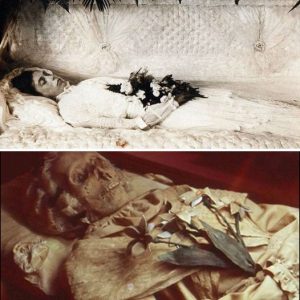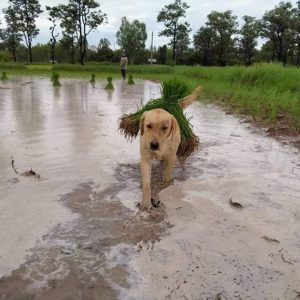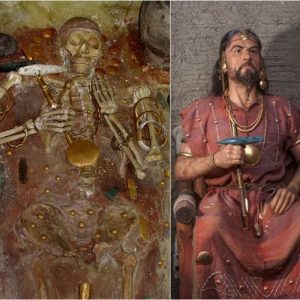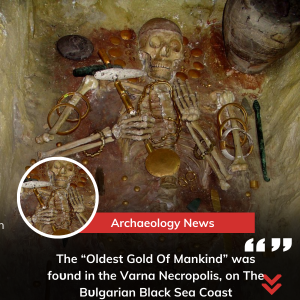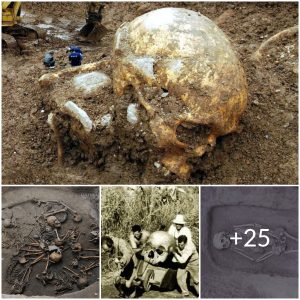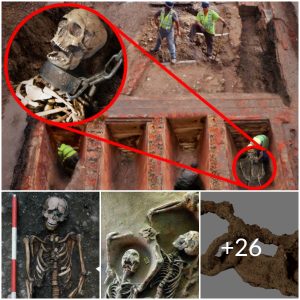Abstract
In the course of a salvage excavation in the centre of the Negev highlands, near Tlalim Junction and Kibbutz Tlalim, a unique burial site dated to the middle of the first millennium BCE was discovered. The site appears to be located at the head of an ancient crossroad, and it seems that for generations it was used for communal graves and associated burial rituals carried out by travellers. Dozens of burials were found in the structures, along with an extraordinary wealth of special finds, most of which date to the middle of the first millennium BCE, from the end of the Iron II and the beginning of the Persian period. The site opens a gateway to multidisciplinary research related to identifying the origin of the finds, identifying the source of the burials and those interred, understanding its ritual significance, understanding the manner of burial and identifying ancient trade routes.
Acknowledgements
The Israel Antiquities Authority conducted two salvage excavations (A8944/21, A8943/21) funded by Mekorot Israel National Water Co. in preparation for the laying of a water pipe. The excavations were preceded by a survey along the pipeline route conducted by Nir Letzt Ben Ami and Martin David Pasternak.
We are grateful to Emil Aladjem and Davida Eisenberg-Degen (area supervison, data recording, photography and photogrammetry), Ilanit Azoulay (drafting), Yasser Alamor (logistics), Yossi Nagar (physical anthropology), Pablo Betzer (Southern Regional Archaeologist), Amir Golani (Southern Regional Scientific Officer), Gregory Seriy (Southern District Archaeologist), Anat Rasiuk (Southern Sub-district Archaeologist), the other members of the Israel Antiquities Authority’s Southern Regional Office who aided in the excavation and the workers from ꜤAraꜤra, Kseifa and Laqiya.
The authors also wish to thank the anonymous readers and the editor for their helpful critiques and suggestions.
